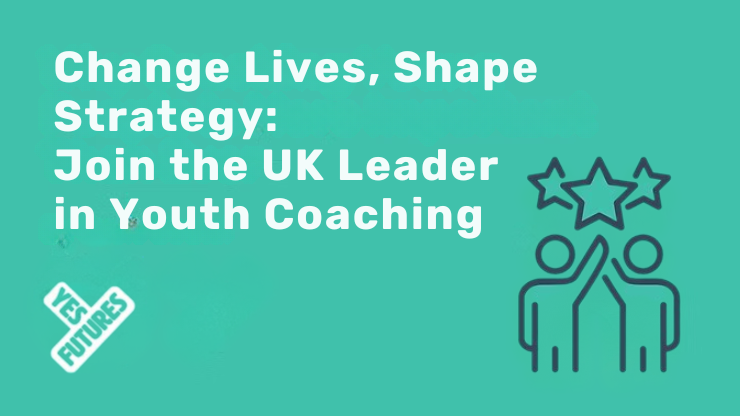5 top tips for setting goals with your class (plus free worksheet!)
- Yes Futures
.png/v1/fill/w_320,h_320/file.jpg)
- Dec 21, 2022
- 4 min read
Goal setting is a key component in a young person's development and their long term success. By encouraging a student to set a goal, you engage them in forward-thinking, target setting and self-motivation. Not only this, but they will develop their self-awareness, confidence and resilience - some of the key talents we focus on in our school programmes.
All these components are crucial for student success during their time at school and beyond.
“If you want to live a happy life, tie it to a goal, not to people or things.” ― Albert Einstein
Why is goal setting important for students?
Setting goals will help students achieve their dreams and aspirations in and out of school. With a highly competitive job market, academic grades are not always enough to get your dream job. Additionally, employers are increasingly focussed on the ability to demonstrate other essential skills. Fortunately, many of these can be developed through goal setting!
“The moment you put a timeline on your dream, it becomes a goal.”- Harsha Bhogle
Top Tips for writing goals:
You can access our free goal setting worksheet here. This is a great place to start to show students how they can write their goals. Here are some top tips to keep in mind when using this worksheet:
1.Put it somewhere they will see it!
Once they have completed their worksheet, encourage students to stick it somewhere they can see it, or keep a record of their goals somewhere they regularly look (eg. in their school planner or diary).
2. Break down goals into bite-size chunks
In our recent blog, we looked at supporting teachers to deal with feelings of overwhelm.
Breaking down a big task into smaller, achievable tasks is a great place to start (you can’t eat an elephant in one, but you can if you break it into little pieces).

This is also a good place to start when tackling a goal! Look at the image on the right. This clearly demonstrates how important it is to break down the goal into smaller parts. The person on the right cannot even reach the first part of their goal, because it is not a manageable first step. They need to break it down further, into more manageable steps, to be achievable.
“Set your goals high enough to inspire you, but low enough to encourage you”
3. Set a SMART Goal
SMART goals are:
Specific
Measurable
Achievable
Realistic
Time-bound
These are great principles to keep in mind when setting a goal.
‘My goal is to raise the scores in Geography, Maths and Drama before my next report card.’
This is an example of a SMART goal.
Specific: speaks about specific subjects, rather than just ‘any subject’
Measurable: the report card will give a noticeable change in grades.
Achievable: this is challenging, but within a students’ capabilities to achieve.
Realistic/Relevant: this would be a good goal for a student interested in raising their grades. If a student isn’t interested in grades - get them to set a goal about something else!
Time-bound: ‘before my next report card’ gives the student a real timeframe to achieve this goal.
Each element of the SMART goal is as important as the next. Imagine encouraging a student to set a goal about improving their drawing skills, but they have no interest in art and aren’t taking it as a subject? They won't be motivated to achieve it.
Setting SMART goals can take some time to get used to, so keep practising regularly!
4. Encourage students to share their goals in class, or with their family.
Getting a student to vocalise their goal to someone else helps hold them accountable to achieving it. Not only this but by telling others about their goal they might find that someone can help them to achieve it. For example, if their goal is to learn 10 new words in French over the half-term break and they tell a friend, maybe the friend will already know 3 words they could share to help them. Asking for help is essential to achieving goals.
5. Reflect on their progress
If you have helped your students to set a goal, set a time when you can check in with them to see if they are on target to achieving their goal. If there are any key elements preventing them reaching their goal, this is a good time to revise the goal and check if it is still realistic.
If they are doing well, this is a great opportunity to praise them and give them recognition. You can use a strengths-based approach in your classroom, to ingrain positive praise and feedback into your classroom.
It can be hard to find time to check in with all your students, but facilitating peer support in goal setting can also work well. Get students to share their progress towards their goals in pairs.
This will form a virtuous cycle of setting a goal, reflecting on progress, achieving the goal and boosting motivation, providing positive strengths-based feedback, and setting the next more challenging goal.

.png)


